World Whisky Day: The celebration of a liquor loved everywhere
To understand how unique a drinking whisky is, it is enough to know that it is called ‘the water of life‘, and not only in the UK, where it was born and became a cult. It can come as no surprise, therefore, that it was here that World Whisky Day, which celebrates its 12th anniversary this year, was conceived. It was in 2012 when the then-unknown Blair Bowman created the day dedicated to the finest alcoholic beverages almost as a joke. The intuition came to him thanks to gin, which he honoured with a World Day in Barcelona, where the young man was staying to continue his studies in Hispanic languages begun at the University of Aberdeen (where he had already created a whisky club). Replicating the initiative for whisky was thus a natural choice, which within a short time became a widespread event on a global scale.
The only twice-celebrated distillate
Since then, every third Saturday in May, the distillate obtained from the fermentation and subsequent distillation of various grains, matured in wooden casks, is celebrated. Not to be confused with International Whisky Day, which is celebrated on 27 March in honour of the birth date of Michael James Jackson, an English journalist who has written many books on spirits, World Whisky Day is a tribute to Scotland, so much so that the Scottish government immediately supported Bowman’s initiative. “I hope this project will introduce whisky to as many people as possible and increase tourism to Scotland,” said the then 21-year-old student on the eve of the first edition.
With bars, pubs and restaurants riding the wave as they always do with every auspicious occasion to boost revenue, the occasion soon spread to other English-speaking countries and even crossed the borders into China, Nigeria, Colombia, Indonesia and South Korea. However, no one can challenge the record of the most exclusive tasting of all in Antarctica when in 2015, researchers from the Australian Antarctic Division toasted 16,700 km from Edinburgh, the heart of World Whisky Day.
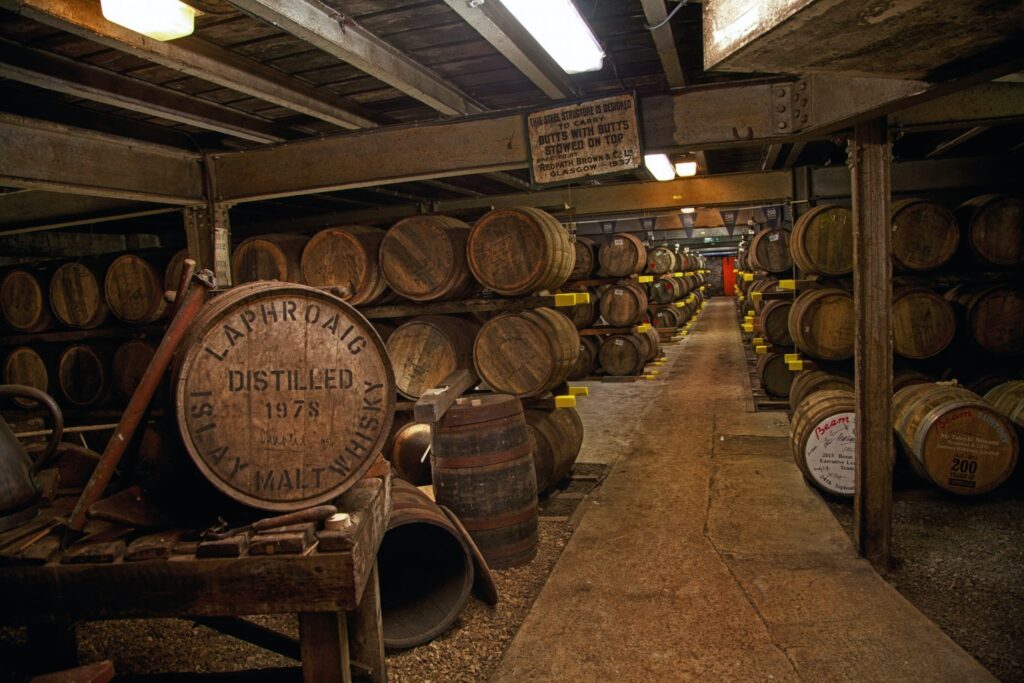
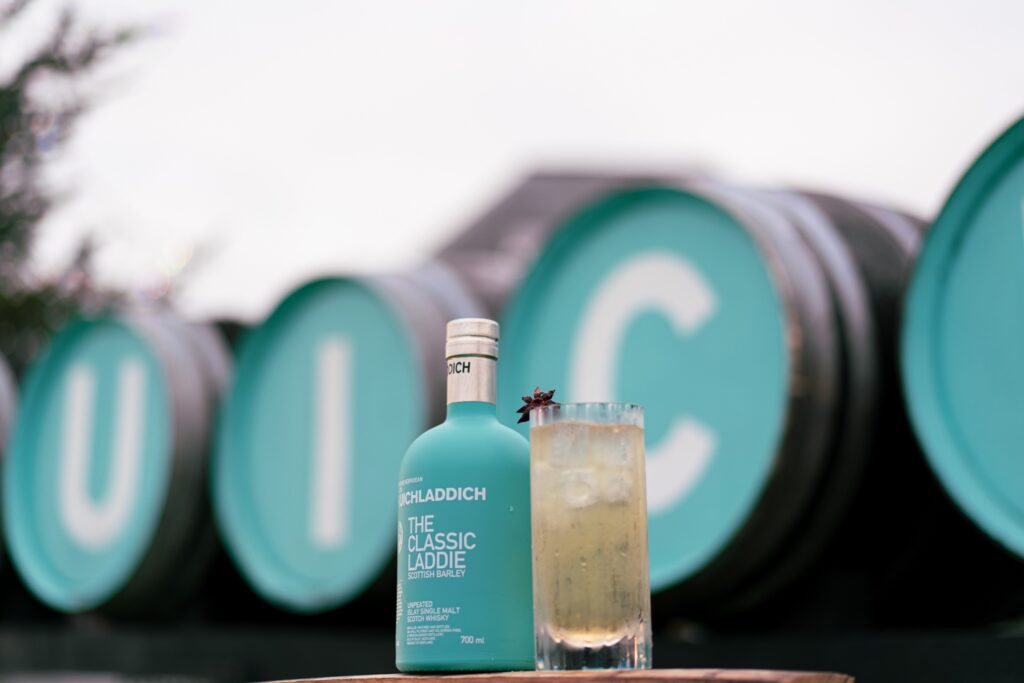


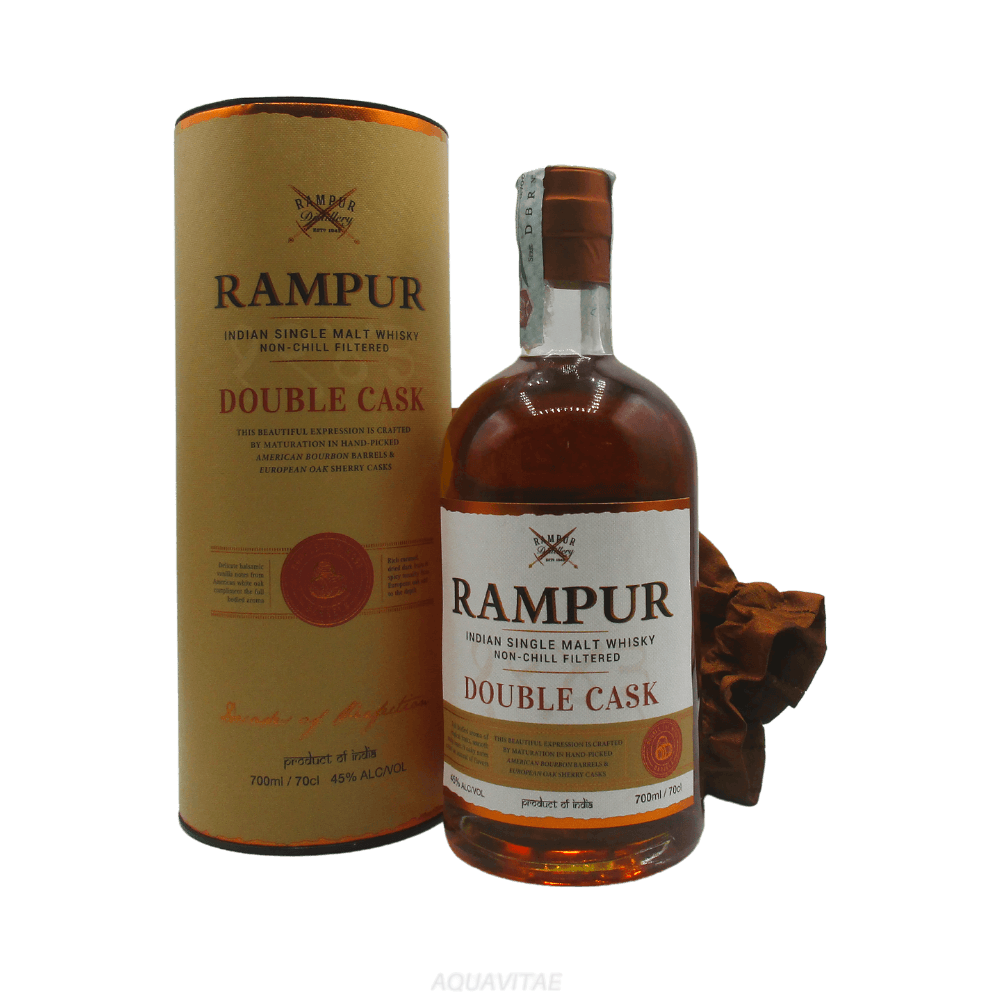


Known since the 1400s and with the first distillery established in Ireland two hundred years later, whisky soon became an everyday companion for many enthusiasts, so much so that in the Prohibition years, it was ‘turned’ into a drug to escape the meshes of the law, with doctors prescribing it to patients eager to enjoy their whisky.
The technology that imprints the ‘style’ of a whisky
But why are there so many whiskies with different flavours and styles if the ingredients to produce them are always the same: water, grain and yeast? The reason lies in the different stages of production, with tools and technologies used by distillers for the five production steps: malting, malt infusion, fermentation, distillation, and maturation.
The first step concerns the quality of the raw materials (they must be fresh and natural), with the aromatic nuances deriving from the type of cereal used among corn, rye, wheat, buckwheat and barley. The latter is considered the best element as its grains contain an enormous amount of enzymes. Each production method has distinctive characteristics, with Scotland relying on barley malt and ageing in oak barrels near the sea, while the US favours maize and Japan prefers a more subtle taste by forgoing peat.
The production highlight is distillation, which can be doubled and tripled in copper stills. This material determines vanilla and nut tones, but newer production facilities rely on stainless steel instruments, which impart different flavour nuances to the product. An important aspect is the shape of the still because the indentations on the side impart specific tones, which is why when changing equipment, each producer keeps each step of the scheme intact in order to obtain the same type of liquid as before.
The whisky’s style, aroma and golden colour are obtained during the ageing phase in wooden barrels for at least three years. Here, the alcohol is diluted with water, and the determining factors include the humidity and temperature of the cellar, which must be kept stable.
Five whiskies you must taste
To celebrate the annual anniversary on Saturday 20 May, having a couple of drinks is a good tradition, knowing that there are plenty of choices. If you have yet to decide what to try or give as a gift before, during or after World Whisky Day, I suggest five types that will make you want to taste the most famous distillate of all even more.
Suntory Whisky Toki
The first Japanese company to produce whisky thanks to the Yamakazi distillery, Suntory has, over time, created several types, including this blend made with spiced grain and malt. Round and balanced, it has a straw yellow colour and an aroma that combines mint, apple and grapefruit. It is not among the most exclusive in the Suntory catalogue, but it is an excellent Scotch for flavour and value for money. Price: from £30.
Rampur
An Indian single malt from the country’s oldest distillery (founded in 1943), Rampur is synonymous with whisky on the Indian subcontinent. Distilled in the foothills of the Himalayas and then matured in American bourbon and European oak sherry casks, the Double Cask has an original depth of flavour which, thanks to the mix of vanilla and apricot, makes it a unique product. Price: from €58.
Town Branch Bourbon
A young whisky obtained from a distillery started in 2012 by the Lexington Brewing and Distilling Company (in operation since 1999), it had set the pace by winning great acclaim and many awards since 2019 when it was first released after seven years of ageing in white oak casks. The tasting combines treacle, nutmeg and vanilla and beyond subjective tastes, it is difficult that you will not appreciate Town Branch Bourbon. Price: from €60.

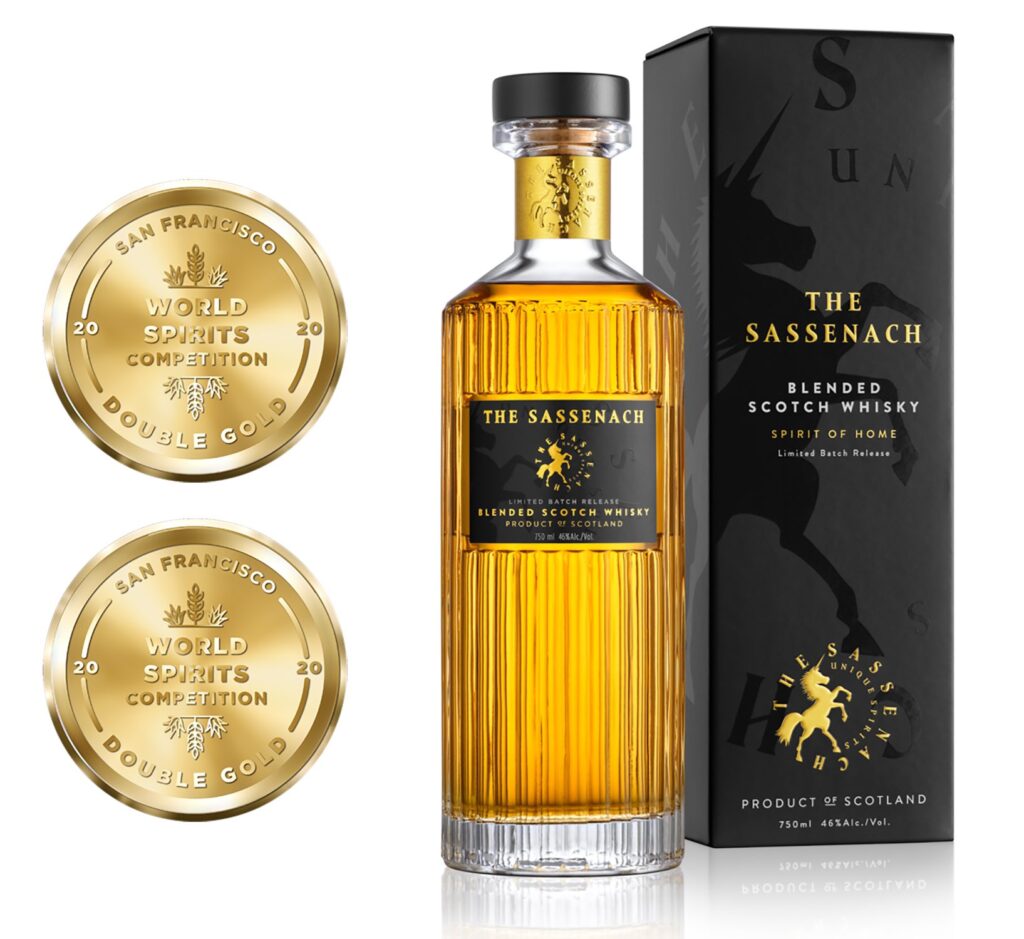


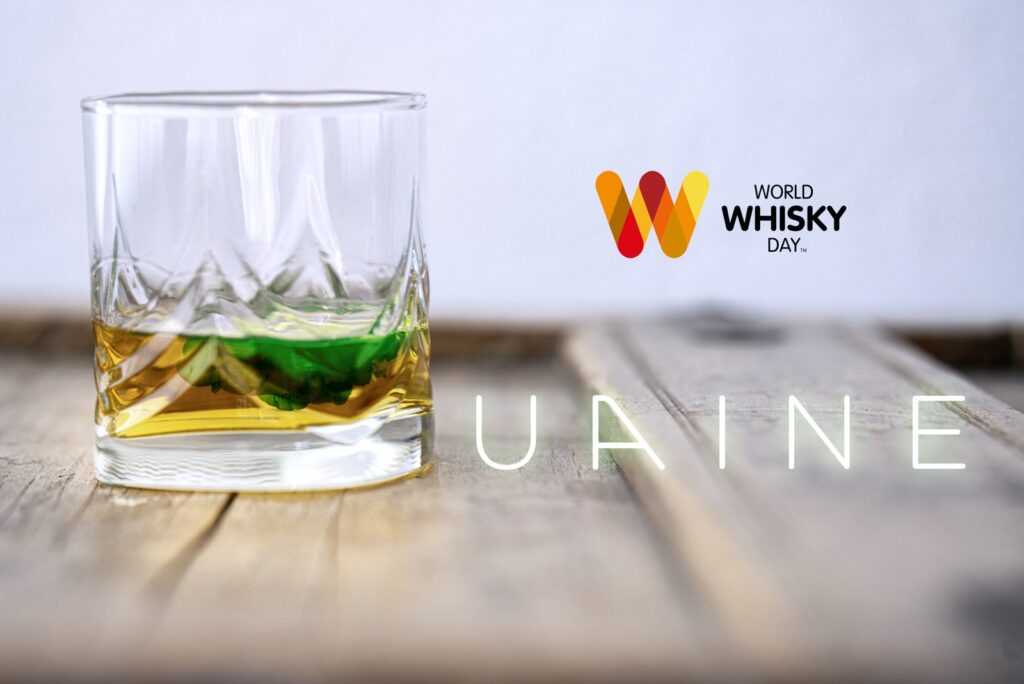


Glen Scotia Victoriana
Single malt Scotch (a country with a population of 5.4 million and more than 20 million barrels of whiskey, after all, in 2019, 20% of the UK’s exports, worth close to £5 billion, was the world’s most popular spirit) is bottled without filtration. It has a woody flavour with a spicy fruit aroma and smoky aftertaste. Price: from €80.
Sassenach
A modern interpretation of a classic single malt, it was launched just three years ago by actor Sam Heughan and soon sold out. Traditionally bottled straight from the cask, it is also a good choice for cocktails, combining a taste of honey, caramel, vanilla and almonds. Price: from €80.



